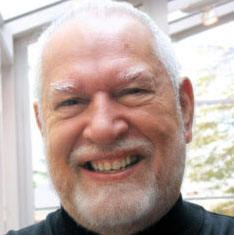The TWiVsters reveal new giant viruses that argue against a fourth domain of life, and discovery of viruses in the oceanic basement.
The TWiVniks consider the role of a cell enzyme in removing a protein linked to the 5′-end of the picornavirus genome, and the connection between malaria, Epstein-Barr virus, and endemic Burkitt’s lymphoma.
The Masters of the ScienTWIVic Universe discuss a novel poxvirus isolate from an immunosuppressed patient, H1N1 and the gain-of-function debate, and attenuation of dengue virus by recoding the genome.
Vincent, Alan and Rich explain how to make a functional ribosome with tethered subunits, and review the results of a phase III VSV-vectored Ebolavirus vaccine trial in Guinea.
This episode was recorded at the 34th Annual Meeting of the American Society for Virology, where Vincent, Rich, and Kathy spoke with Joan Steitz, a tireless promoter of women in science and one of the greatest scientists of our generation.
Tre TWiV amici present three snippets and a side of sashimi: how herpesvirus inhibits host cell gene expression by disrupting transcription termination.
Lee joins the TWiV team to discuss the value of post-doctoral training, and how a cellular microRNA assists in the replication of hepatitis C virus.
Vincent, Rich and Kathy discuss mechanisms of protein synthesis and regulation in virus-infected cells.
Vincent, Alan, and Rich review association of an interferon-induced protein with severe influenza, and stabilization of HCV RNA by a microRNA.
During a trip to California, Vincent visited Peter Sarnow and Bert Semler and spoke with them about their work on internal ribosome entry, and the requirement for a cellular microRNA for hepatitis C virus replication.









